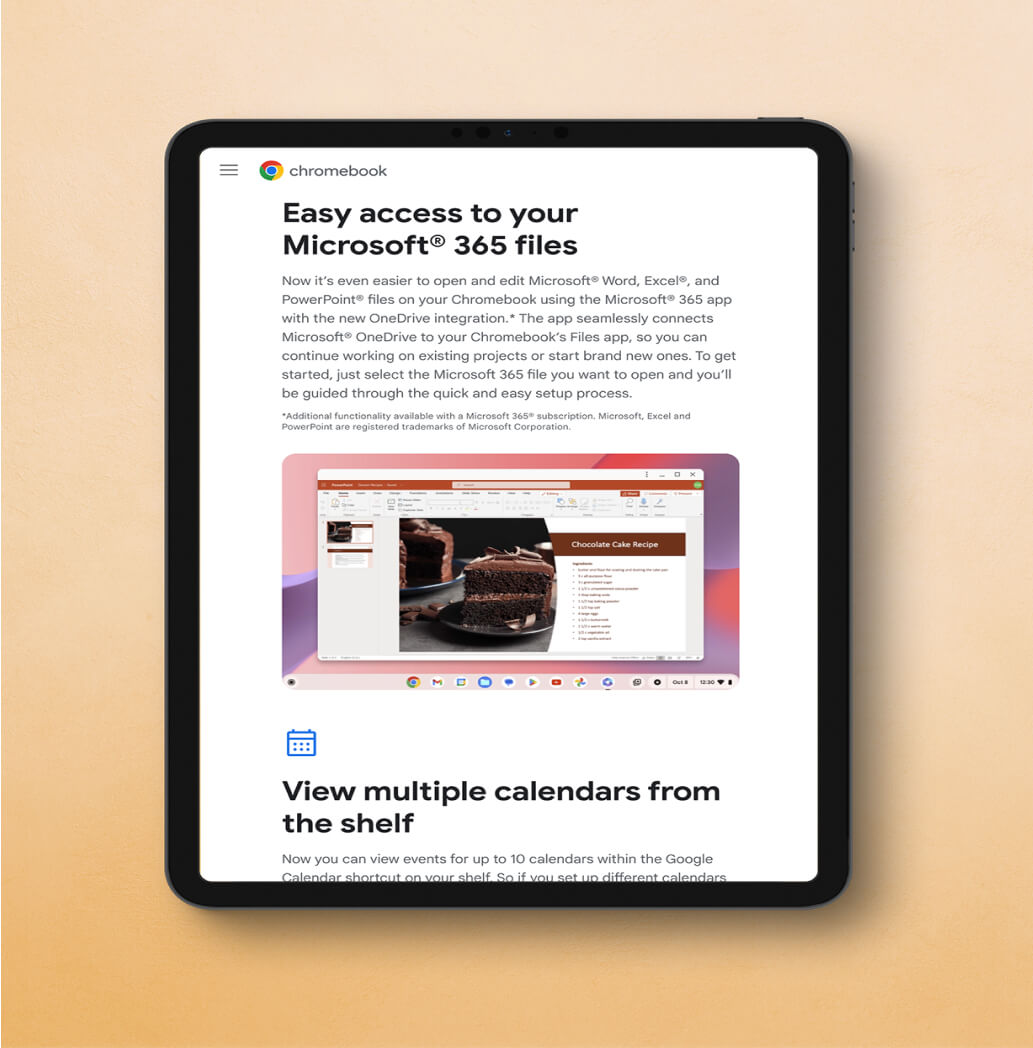Content Delivery Optimization
Reimagining Chromebook's News Service
Led the development of innovative tools and a comprehensive design system, transforming web development workflows for projects like Chrome Enterprise and Chrome OS. This initiative significantly improved efficiency, consistency, and collaboration between designers and developers.
Role
Tech Lead
Agency / Client
Huge / Google
Design / Tech Tooling
HTML5, CSS3, JavaScript, Python, Google Cloud Platform (GCP), Internal CMS, Google Analytics, Figma
Year
2020-2022

The Challenge
Description
The existing product news system was outdated, lacking scalability and flexibility. It struggled to manage content across multiple locales and platforms, leading to inconsistencies and inefficiencies in the update process.
The Approach
Crafting Solutions
- Automated design-to-code translation tool: Seamlessly converted Figma designs into developer-friendly code
- Lightweight UI framework: Provided core UI building blocks for rapid prototyping
- Website composition engine: Streamlined the process of website creation
- Comprehensive design system: Established a flexible, theme-adaptable component library
Key Features
Innovative Implementations
- Scalable microservice architecture
- Centralized Content Management System
- On-demand localized JSON output generation
- Seamless integration with marketing sites and on-device platforms
- Flexible, on-demand update capabilities


The Outcome
Measuring Success
The new system significantly improved content management efficiency and consistency across platforms:
- Reduced content update time by 35% through streamlined processes
- Established a centralized CMS, creating a single source of truth for product news
- Enhanced data integrity across marketing sites and on-device platforms
- Increased the number of supported locales, improving global reach
- Improved the service's adaptability to changing needs
- Decreased manual effort in the update process, boosting team productivity
- Eliminated inconsistencies, significantly improving content accuracy
Reflection
Key Takeaway
Transitioning to a microservice-based architecture with a centralized CMS can dramatically improve scalability, flexibility, and content consistency in complex, multi-platform environments. This approach enables businesses to efficiently manage and deliver localized content across various touchpoints, adapting quickly to changing needs and market demands. The significant 35% reduction in content update time demonstrates the tangible benefits of this architectural shift.